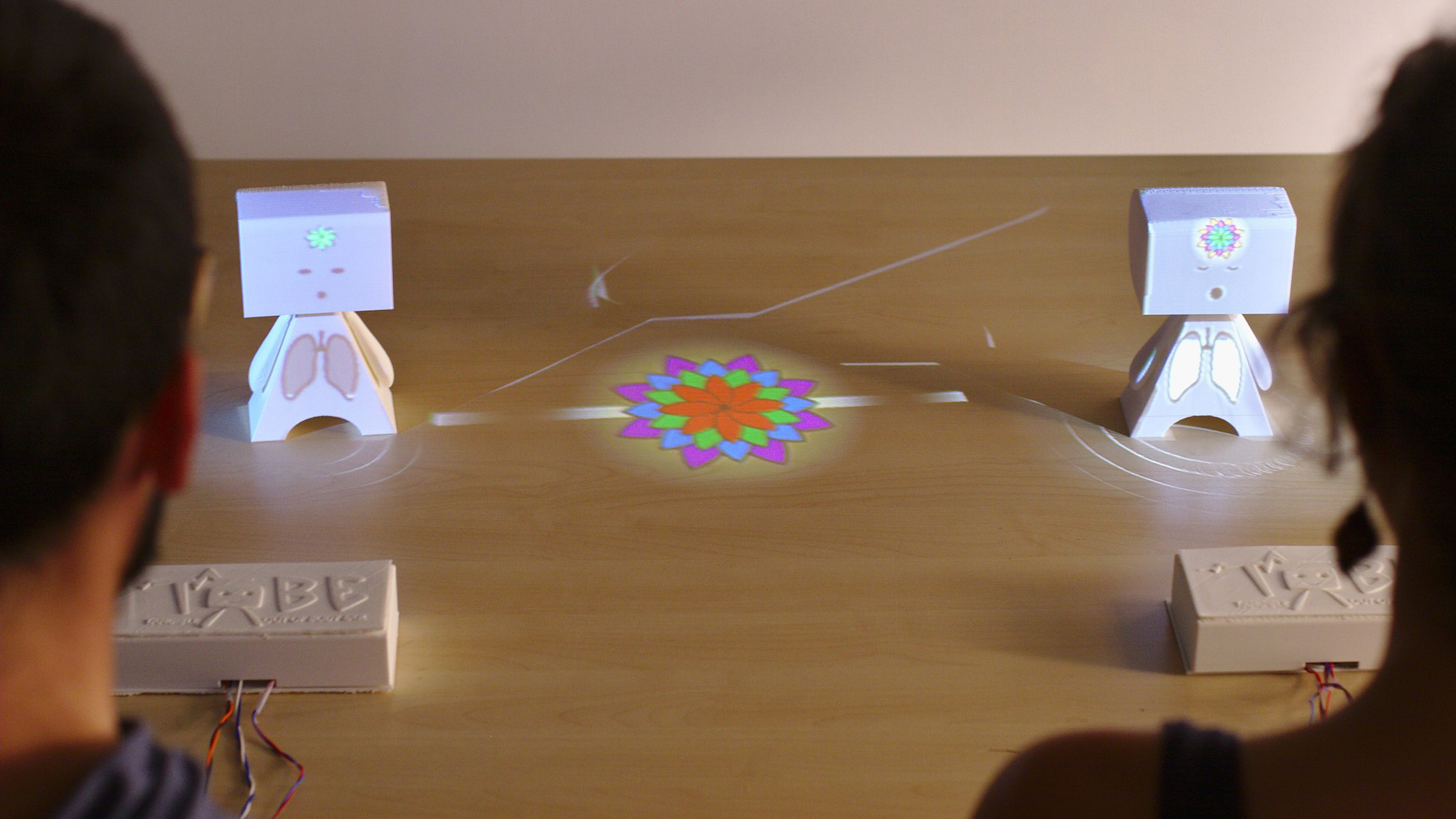Section: Overall Objectives
Overall Objectives
The standard human-computer interaction paradigm based on mice, keyboards, and 2D screens, has shown undeniable benefits in a number of fields. It perfectly matches the requirements of a wide number of interactive applications including text editing, web browsing, or professional 3D modeling. At the same time, this paradigm shows its limits in numerous situations. This is for example the case in the following activities: i) active learning educational approaches that require numerous physical and social interactions, ii) artistic performances where both a high degree of expressivity and a high level of immersion are expected, and iii) accessible applications targeted at users with special needs including people with sensori-motor and/or cognitive disabilities.
To overcome these limitations, Potioc investigates new forms of interaction that aim at pushing the frontiers of the current interactive systems. In particular, we are interested in approaches where we vary the level of materiality (i.e., with or without physical reality), both in the output and the input spaces. On the output side, we explore mixed-reality environments, from fully virtual environments to very physical ones, or between both using hybrid spaces. Similarly, on the input side, we study approaches going from brain activities, that require no physical actions of the user, to tangible interactions, which emphasize physical engagement. By varying the level of materiality, we adapt the interaction to the needs of the targeted users.
|
The main applicative domains targeted by Potioc are Education, Art, Entertainment and Well-being. For these domains, we design, develop, and evaluate new approaches that are mainly dedicated to non-expert users. In this context, we thus emphasize approaches that stimulate curiosity, engagement, and pleasure of use.



